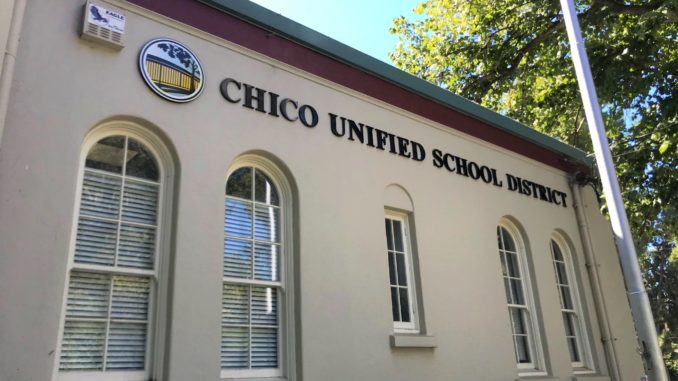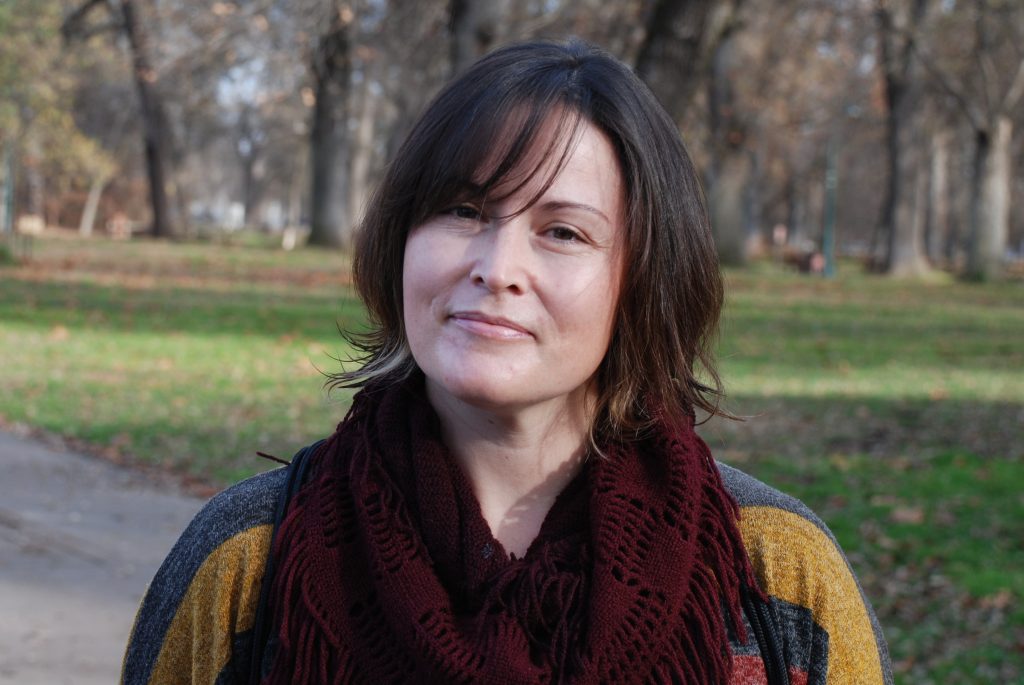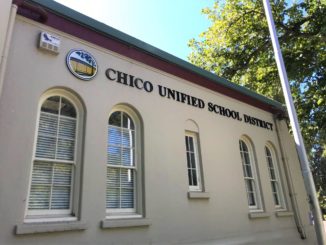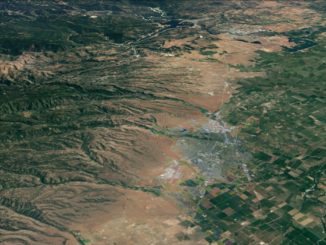
For the Bergmann family, Chico Junior High has become a generational tradition. JP and Linda went there, and though their Mulberry Street home falls within the attendance boundaries of Marsh Junior High, their son is a proud Chico Junior Cougar.
The coronavirus pandemic interrupted his seventh-grade year, when schooling moved online, and he started eighth grade with distance-learning as well. For spring semester, which started last week, Chico Unified School District offered families the option to continue with remote schooling or return to campus for in-person instruction compliant with COVID-19 prevention measures.
As a family, the Bergmanns decided to stay with distance learning. Linda—program coordinator for a youth nonprofit, as well as a local musician (known as Minnie Mental in the band she fronts, Furlough Fridays, with her husband on drums)—said doing so was particularly important to JP, a seed cultivator for a local rice farm, considering the spike in coronavirus since Thanksgiving.
“My husband and I both feel very strongly about following experts, especially since we’re not viral epidemiologists,” she told the CN&R. “If they’re suggesting that you remain socially distant, then that’s what we’re going to do. Not to mention that I wouldn’t want to have something on my conscience, that something I did caused the death of someone else.”
The Bergmanns submitted CUSD’s survey ahead of winter break and received no notice that indicated a change—until last Monday (Jan. 4), when school started virtually for three days in preparation for resuming on campus. They received an email indicating he’d been slated for in-person classes—the alternatives at that point being a wait list for Chico Junior’s distance learning or enrollment at the district’s online school, Oak Bridge Academy.
Fortunately for the Bergmanns, their school counselor got him switched over to remote instruction by last Thursday morning, so he remains at Chico Junior and with minimal disruption, to his mother’s relief.
“I wouldn’t want to have to tell my little Cougar that he couldn’t be a part of that school anymore because he has a certain school identity and school pride, and that’s where his friends are,” she said. “I’d like to give him an opportunity to finish what he starts there; he started [in] the band program last year, and there were concerts and all these cool things that they were going to do … march in a parade with Chico High Schoolers and get that experience. That’s something we want to make sure he gets to do at some point.”
The Bergmanns’ experience isn’t unique, CUSD administrators told the CN&R, but also isn’t common. Assistant Superintendent Jay Marchant said “not a lot [of families] want to switch”; Educational Services Directors John Shepherd and Ted Sullivan said CUSD has resolved around 95 percent of requests for distance learning.
Families still can ask to go remote by checking with their school’s administration. The district administrators stressed, however, that it’s more complicated to come back midterm from online learning than vice versa—and educators find strong benefits from in-person classes.
“This pandemic is not the kids’ fault, so we’re going to accommodate them every way we can,” Shepherd said, adding: “What’s hidden but sometimes comes exposed is the humans in the building—human relations, building social skills, being able to manage social situations—that hidden curriculum that takes place in every setting. Without that hidden curriculum to grow for our students is definitely a disservice.”
Pros and cons
Bergmann sees first-hand the challenge of remote learning. Distinct from home-schooling, where families utilize curricula specifically designed for this purpose, districts offer hybrids of their own making, akin to online college classes—but for younger students, with developing study skills and different attention spans.

Bergmann says her son is “pretty independent” and does well in school, but Mom doesn’t have the same influence as a teacher. That’s not unusual, according to Mary Sakuma, superintendent of the Butte County Office of Education, who told the CN&R that many students seek approval more from teachers than parents when it comes to schoolwork.
That’s just one reason she, like CUSD administrators, endorse in-person education.
“Working from home in a distance-learning model really doesn’t work well for most kids,” Sakuma said. “It’s not to say the families aren’t trying, because they’re really working hard; and it’s also not to say that teachers who are teaching in distance learning aren’t doing a great job, because they are.
“End of the day, when you’re a kid and you can be face-to-face with your teacher, it really increases the engagement and I think really gives that teacher the in-the-moment feedback that comes from that person-to-person interaction—and really allows the teacher to modify their instructional strategy on the spot.”
BCOE and the county’s districts, including CUSD, anticipated the coronavirus surge that pushed Butte County into California’s most restrictive tier (see “Year-end stats stark,” chico.newsreview.com, Dec. 31). That was the impetus for CUSD’s survey and distance-learning plan.
Sakuma and CUSD administrators noted that none of the county’s coronavirus cases traces to transmission at school.
“I realize the challenges that [pandemic-caused changes] have brought to families,” Sakuma said. “My opinion is that, wherever possible, we want kids in school with their teachers, but there are just so many challenges that this pandemic has brought that there’s no simple or easy answer.”



Be the first to comment